Giants standing dozens of feet tall, swaying in the breeze, the massive pine trees that have been rooted in this area for decades are a defining characteristic of the Kinkaid campus. Since 1957, our campus has been canopied by beautiful pine, sycamore, sweetgum, elm, and oak trees. With the school’s pressing need for more space, expansion has taken over the West Campus, what was formerly the Milby property. While new buildings, fields, and learning spaces are vital, it is also imperative that we as a community recognize the environmental cost of these changes. In cutting down swathes of trees, we permanently alter the unique landscape and ruin the chance for later generations to experience the topography.
Looking out over the desolate, leveled area where bulldozers gather and construction takes place, it’s hard to imagine there was ever a lush forest there. As our school grows and our need for land increases, it is important not to forget our duty to the land. Finding ways to keep the land in tact, like our current use of the Backyard, is essential. We need to raise more questions about the impact of our growth on the environment and be more conscious of what the true cost will be.
Looking at old pictures of the campus helped me truly realize how defining these trees are to our community. It raises the question: Just because new trees are planted, can the exact character of the old trees that used to stand there be truly restored? Those magnificently tall trees had years and years to grow; it will be a long time before any new tree will grow tall enough to look the same.
A letter preserved in the Archives from Mr. David Veselka, a former photography teacher at Kinkaid for 36 years, echoes my exact feelings on the matter. Written in March 1990 and addressed to then-headmaster Glenn Ballard, Mr. Veselka expressed his concerns about the development of land along the bayou for tennis courts and athletic fields. Mr. Veselka, joined by other students and faculty, fought to preserve the land instead of developing it.
“Kinkaid, like Earth, has a finite amount of land and is suffering the consequences of too many people in too little space,” he wrote in his letter.
In the end, he was successful in his campaign and the area was marked off to create what is now known as the Backyard. This area has become a unique hallmark of our campus and has provided space for community service projects, educational experiences for biology and science classes, and even a place for visiting guests, like Jane Goodall, to come and explore.
Twenty-seven years after his letter was written, those sentiments are still applicable. If our community is dedicated to respect and responsibility, where is the respect for the environment or the responsibility to the Earth we have to preserve for future generations? While the school is complying with the legal specifications, I believe our duty to the environment goes beyond just meeting letter-of-the-law requirements. We should look for ways to work with the land we have and try to preserve as much as possible.
Headmaster Andy Martire has been a leader in the process of the development of West Campus. Dr. Martire stated, “I would say that there have been a lot of people involved…at both administrative and board levels to make sure that the development is very functional and impactful for the student body and looks good and is in keeping with the feel of the campus and the neighborhood.”
Piney Point Village, the neighborhood in which Kinkaid is located, has strict rules surrounding the removal of trees from property. In section 66-48, the specific requirements for tree removal is clearly expressed. It requires that there be “One tree equal or greater than 3” DBH (Diameter Breast Height) per 2000 Square Feet.” Other requirements including the type of trees and the exact placement are outlined as well. In the Piney Point Code of Ordinances it is stated in section 66 A. 1. that, “It shall be unlawful for any person to remove any protected tree or RMD (required minimum density) tree, or to damage or cause serious trauma (as determined by a certified forester) to any protected tree or RMD tree during… Demolition/remodeling/construction/new construction of any structure requiring a building permit.”
While the local government has worked hard to preserve the vegetation within Piney Point, and Kinkaid has complied by these laws, it is also important to look beyond the minimum requirements and consider broader consequences.
The school, its administrators, and its board members have made sure to follow each rule and regulation set by Piney Point.
“We worked very closely with the Piney Point forester…who came in and tagged all the trees on the new property, because we obviously took a good number down. And to develop the property for usage for athletic facilities and fields and potentially a second entrance does mean that some trees need to come down,” Dr. Martire said.
Our campus is a treasure among the growth of concrete and stripped down landscape all over Houston today. Our trees, our Backyard, and our land has been an asset to students in learning about the environment and appreciating all it has to offer. I believe our growth, while necessary and important, should always consider the environmental ramifications. The loss of beauty, the changed ecosystems and unique wildlife and soil communities, affect the land forever.
As Mr. Veselka said in his letter, “Must Kinkaid also serve as a model to foreshadow nature’s final destruction? Or will we become a model that offers hope for it’s survival?”


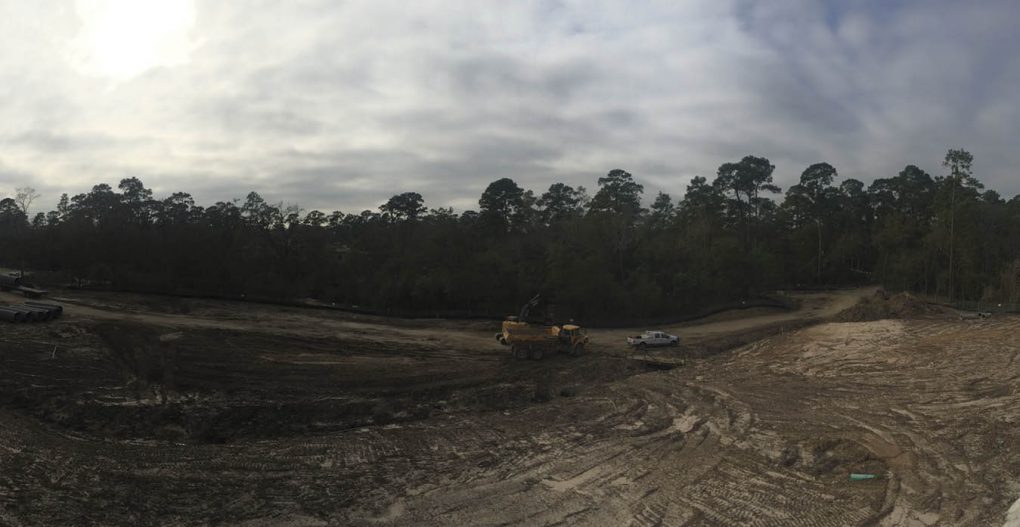

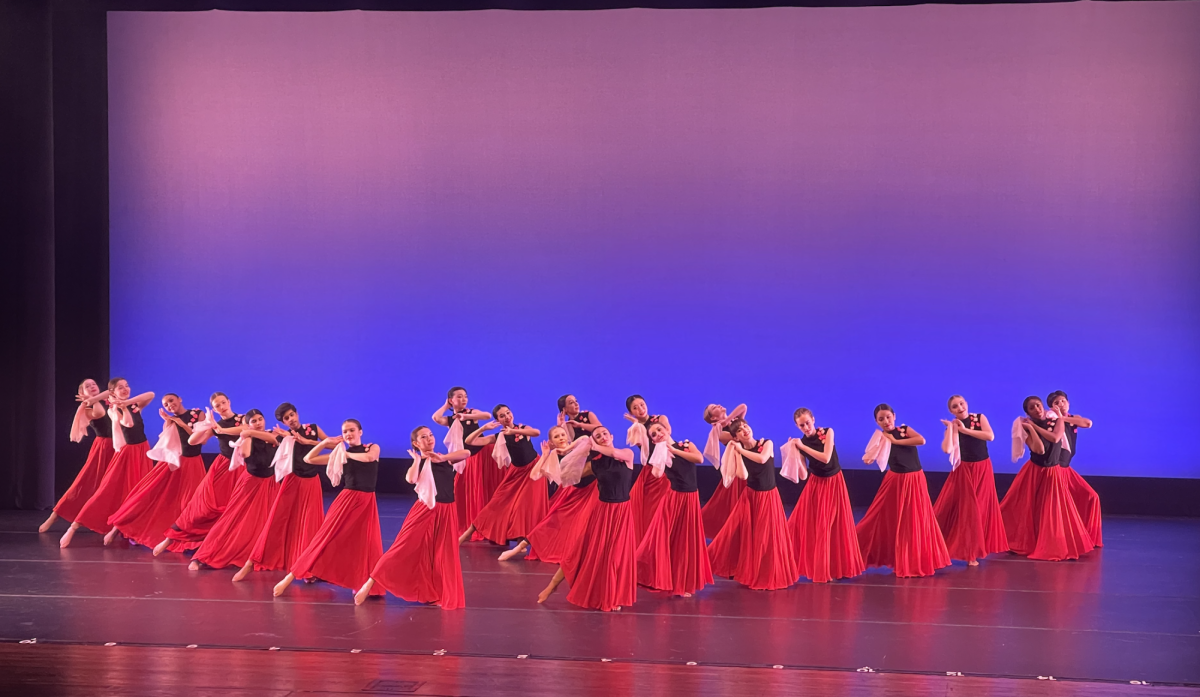
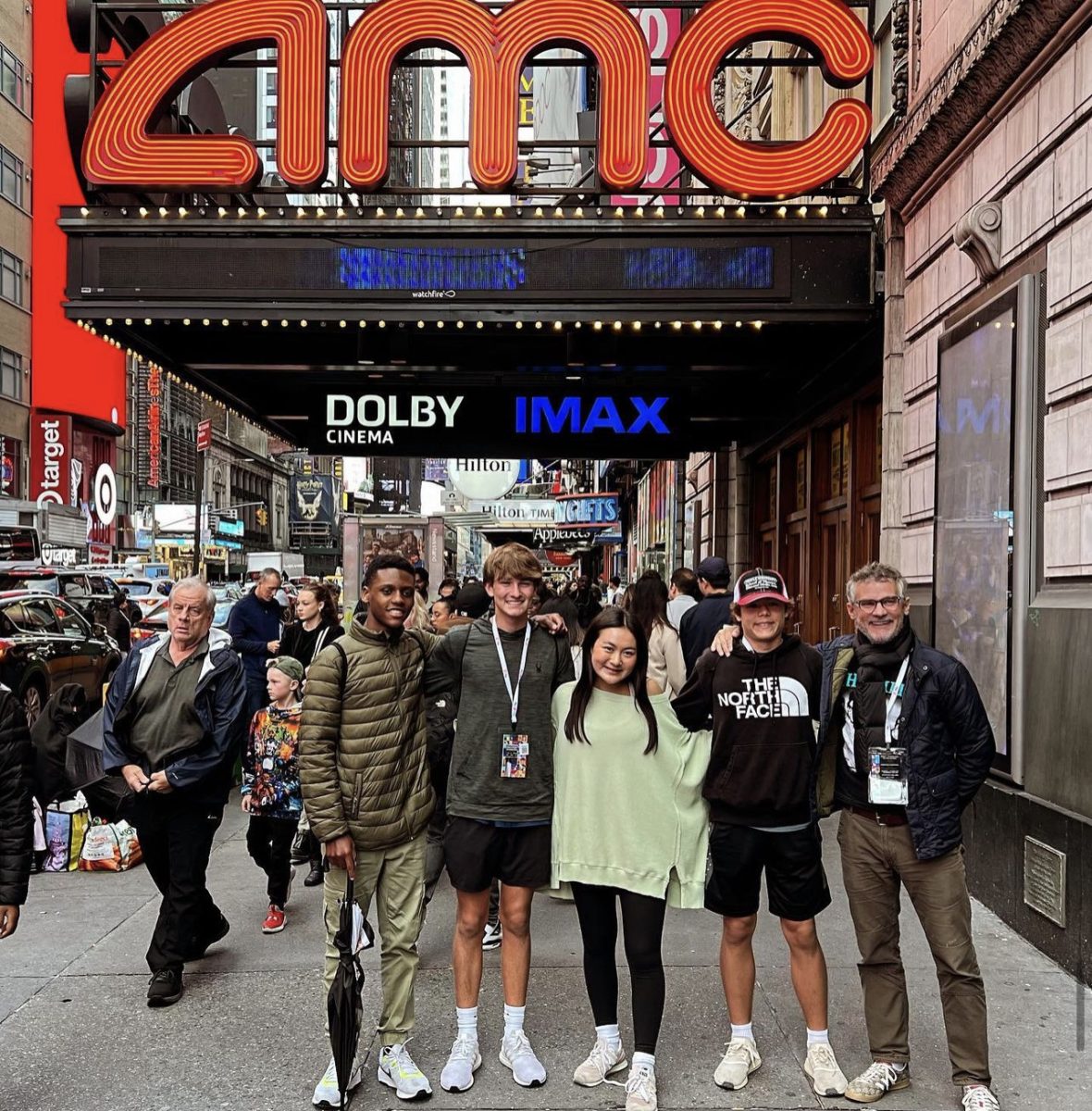

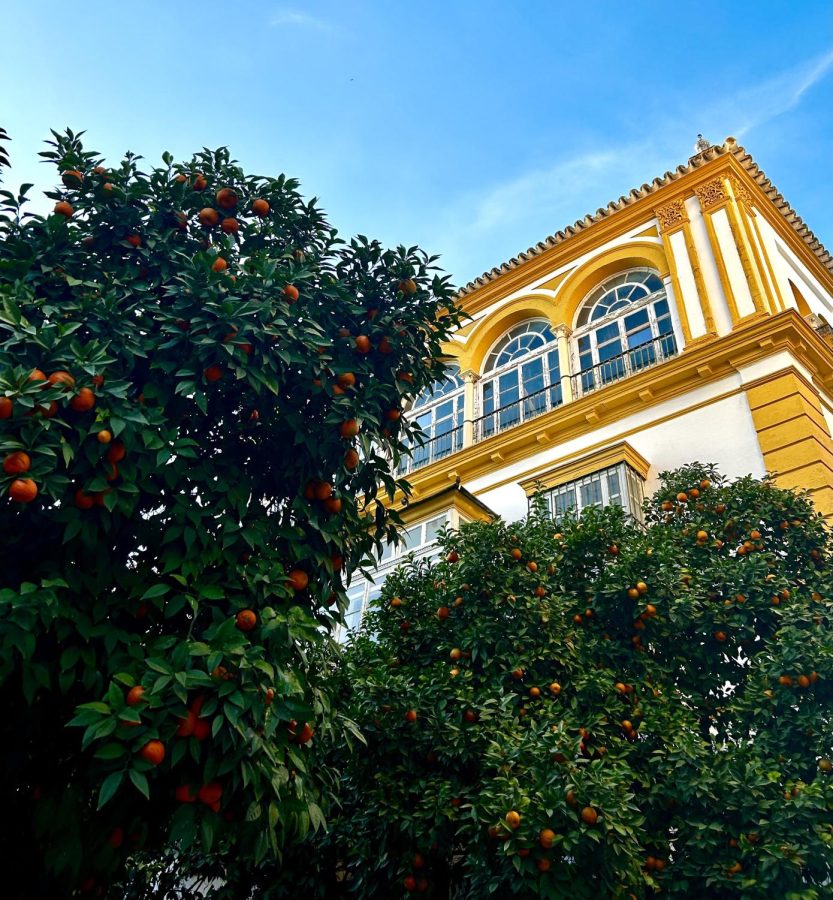
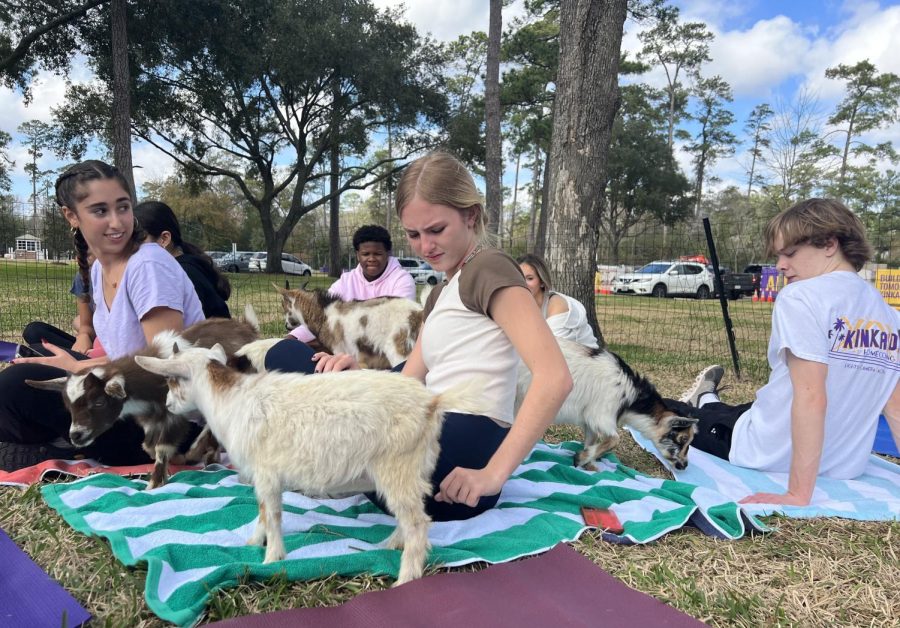
PRECIOUS • Aug 15, 2020 at 9:30 am
There are different kinds of trees in the world trees like deciduous trees, coniferous trees, arborvitae, banyan trees, black Ash, White Ash, and many others. I think the tallest tree in the world is Hyperion which is over 300 feet tall (91 meters). The tallest tree in the world is located in California it has been standing over 700/800 years old. Hyperion is also known as the coast redwood. while the smallest tree in the world is dwarf willow it does not grow more than 1-6 cm it is mainly located in North Atlantic Ocean it is one of the smallest of woody plants. I really love trees and plants thanks for this article.